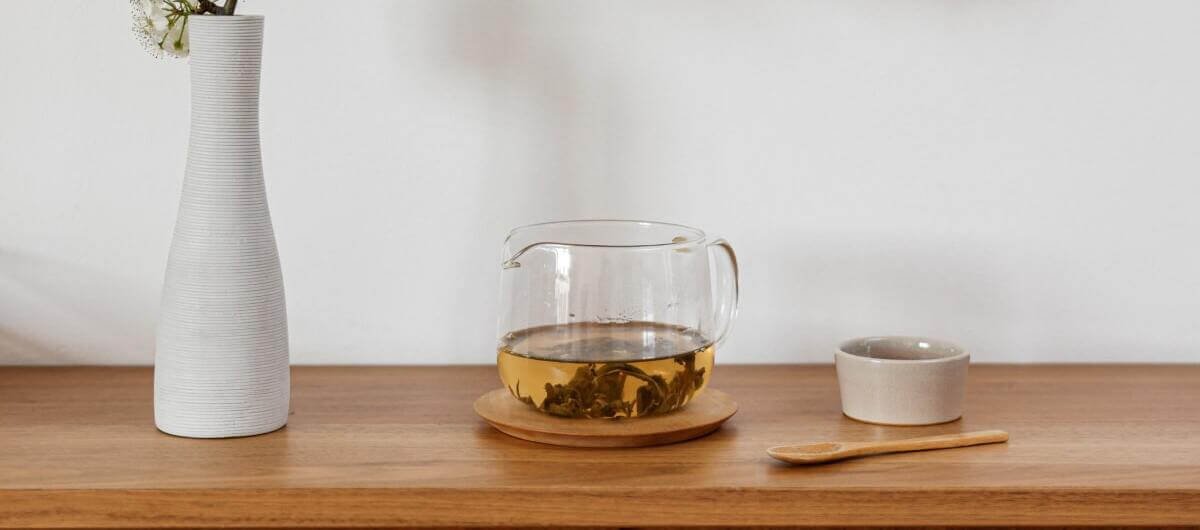Wooden interiors have been a design mainstay for centuries, but they continue to polarize opinion. Some love the beauty of natural wood and the warmth it brings to a room, but others think it’s old-fashioned or too “country.” Is wooden décor a classic or a tired trend, then? Let’s delve into the advantages, drawbacks, and optimal ways to use wood in contemporary interiors. The Timeless Appeal of Wooden Interiors.
Table of Contents
ToggleWhy Wooden Interiors Are So Well-Loved
- Cozy & Natural Aesthetic
Wood adds a natural, warm ambiance to any room. Its organic grains, textures, and natural colors create a sense of warmth that man-made materials can’t match.
- Strength & Longevity
Good wood lasts for generations, making it an eco-friendly option. Wooden furniture and floors can be taken care of well and age with character, much like fine wine.
- Design Versatility
From rustic farmhouse to sleek contemporary, wood can adapt to any trend. Light oak complements Scandinavian minimalism, and dark walnut brings luxury to classic rooms.
- Green Choice
Recycled wood and sustainable wood sources provide wooden interior spaces with the green advantage over plastic or metallic materials.
Your time is limited, so don’t waste it living someone else’s life. Don’t be trapped by dogma which is living with the results of other people’s thinking. Don’t let the noise of others’ opinions drown out your own inner voice.
By Steve Jobs
The Reasons Why People Dislike Wooden Interiors
Although wood imparts natural warmth to interiors, it has some disadvantages. It needs periodic maintenance such as polishing and sealing to avoid warping or termite attacks, which are time-consuming. Also, excessive use of dark or heavy wooden furniture makes rooms look outdated unless complemented with modern elements.
Cost is also another consideration – solid wood is much more expensive than alternatives such as engineered wood or laminate, placing it out of the price range for some budgets. Too much wood used excessively can also weigh a room down, giving it a heavy, cramped feeling. The secret is using wood in a strategic, sparing way and combining it with contrasting materials to create balance.
How to Use Wooden Elements Tastefully
Blend Textures
Combining wood with materials such as metal or glass produces visual interest and contemporary contrast. The combination avoids making wooden elements look too heavy or rustic. For instance, a wooden dining table with metal legs balances warmth with industrial chic.Balance Light & Dark Shades
Light woods (such as oak or pine) create the illusion of making small rooms feel larger and more airy. Dark woods (such as walnut) create sophistication but function well as an accent. Combining them creates depth with a harmonious appearance.Use as Accent
Rather than overwhelms a room, use wood smartly—such as one statement wall or ceiling beams. This adds texture and warmth without taking over the look. A live-edge coffee table, for example, is a natural conversation starter.Use Reclaimed Wood
Reclaimed wood is a one-of-a-kind, weathered beauty and an environmentally friendly option. Every piece has a story to tell in its imperfections and patina. Perfect for feature walls or shelves, it provides rustic charm without sacrificing sustainability.
Last Word: Love It (With the Right Strategy!)
Wooden interiors never go out of style when used thoughtfully. By blending wood with modern materials like metal or concrete, you create spaces that feel both warm and contemporary. The key is achieving balance—letting wood enhance without overwhelming a room.
Proper maintenance ensures wood retains its timeless appeal for years to come. Whether as a bold accent or subtle texture, wood adds natural character to any design. With the right approach, wooden elements elevate spaces with enduring elegance and comfort.
